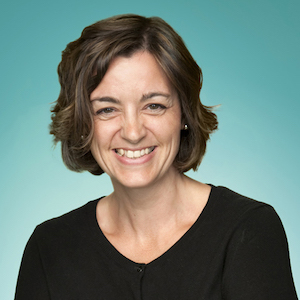When we talk about the future of journalism and wring our hands about “saving the news,” the conversation invariably turns to clicks and shares and ad revenue, rather than the more sorely needed conversation: Is journalism actually serving the public?
 Is it providing news and information that is relevant to people’s lives? Does it reflect and honor diverse and nuanced perspectives? Help make connections and build relationships within communities? Give people a sense of agency to make informed decisions? Does it treat the public as collaborators with skills and experiences that enrich our collective understanding of important issues? Is it making a real difference in the world?
Is it providing news and information that is relevant to people’s lives? Does it reflect and honor diverse and nuanced perspectives? Help make connections and build relationships within communities? Give people a sense of agency to make informed decisions? Does it treat the public as collaborators with skills and experiences that enrich our collective understanding of important issues? Is it making a real difference in the world?
People will invest — money, time, energy — into news organizations that reliably produce news and information that is relevant, useful, and valuable to their lives and makes them feel part of something bigger than themselves.
Trouble is, the public rarely gets asked what they care about, or invited to participate in meaningful ways.
2016 is the year that news organizations must understand that their sustainability depends on building real relationships with real people — and that means more listening, more outreach, and more collaboration. Building news with the community, not for the community.
As a funder, I am encouraged by the news organizations and projects which already understand this, and are doing quality, innovative, people-first journalism, like ProPublica, KPCC in southern California, Jersey Shore Hurricane News, the Listening Post in New Orleans, the Center for Investigative Reporting, Billy Penn, De Correspondent, and the 19 Million Project, among others. I enthusiastically support tools and platforms like Hearken and GroundSource to help newsrooms reach and collaborate with new, younger, and more diverse audiences. And I wholeheartedly encourage my philanthropy colleagues to support news organizations’ ability to experiment with community engagement strategies. We need to fund more creativity in the newsroom. We also need to have more patience; building relationships — even for the most adept news organizations — takes time.
This is hard work, but it will pay off. Journalism that truly serves and invests in the public creates a virtuous feedback loop in which the public will invest in and protect the journalism.
This is how we “save the news.” Let 2016 be the year we recognize that news is a civic tool that people are eager to put to use when given the opportunity.
Molly de Aguiar is program director for informed communities at the Geraldine R. Dodge Foundation and cofounder of the Local News Lab.